11 Common Bathroom Bugs (With Pictures)
-

- Last updated:
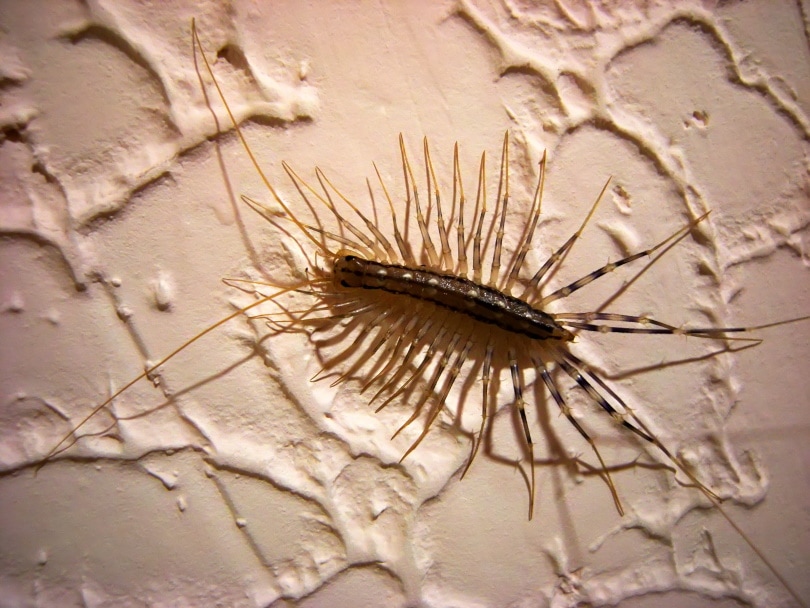
If you go into the bathroom and see something crawling around, all you can think about is how to get rid of it. But in order to figure out what steps you should take and how serious the problem is, you need to figure out what you saw in your bathroom.
We’ve highlighted 11 common bathroom bugs for you here. That way, you can figure out what you saw and get it under control in no time!
The 11 Common Bathroom Bugs:
1. Silverfish

| Scientific Name: | Lepisma saccharina |
| Size: | 0.4 to 0.6 inches |
Silverfish are one of the most common types of bugs you’ll find in a bathroom. Silverfish are extremely fast and really only come out in the dark. Silverfish need humidity to thrive, which is why bathrooms are such a common location for them.
While silverfish are annoying and you probably don’t want them in your home, overall, they don’t cause any problems. Some people might be allergic though, and they rapidly reproduce.
2. Cockroaches
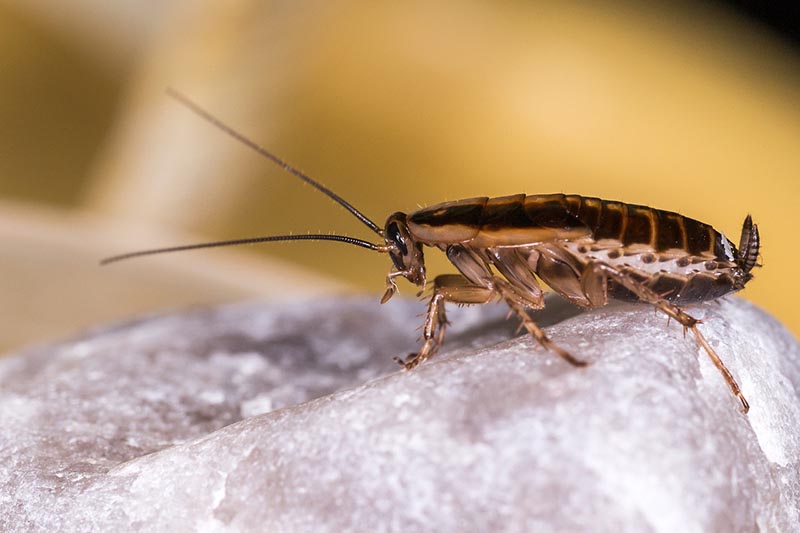
| Scientific Name: | Blattodea |
| Size: | 0.5 to 2 inches |
Cockroaches are a common household pest, and they’re one of the most challenging to get rid of. They enter the home through small openings and drains, which is why it’s fairly common to find them in bathrooms.
Additionally, they’ll eat sewer and drain sludge, making a bathroom a good place for them to hang out. If you find cockroaches in your home, you need to treat them right away. Otherwise, they can rapidly reproduce and create a huge problem.
3. Ants
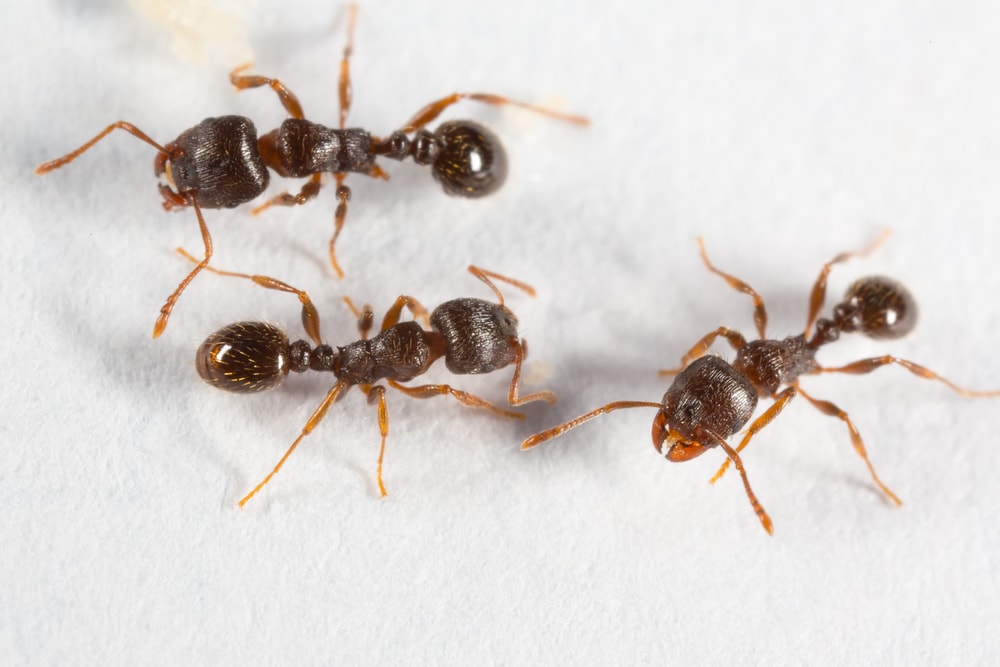
| Scientific Name: | Formicidae |
| Size: | 0.5 to 2 inches |
Ants are another extremely common pest that can make their way into your home through extremely small openings. Ants are no more likely to hang out in your bathroom than any other part of your home, but often, bathrooms have miniature openings that ants can use to get into your home.
4. Booklice

| Scientific Name: | Psocoptera |
| Size: | 1/16 inch |
You’re going to have to take a very close look to spot booklice in your bathroom. They thrive in humid environments, especially around mildew, which is why you can commonly find them in bathrooms.
They measure as small as 1 millimeter. Overall booklice don’t cause too many problems, but they repopulate quickly and can overtake a bathroom in a short amount of time.
5. Drain Flies
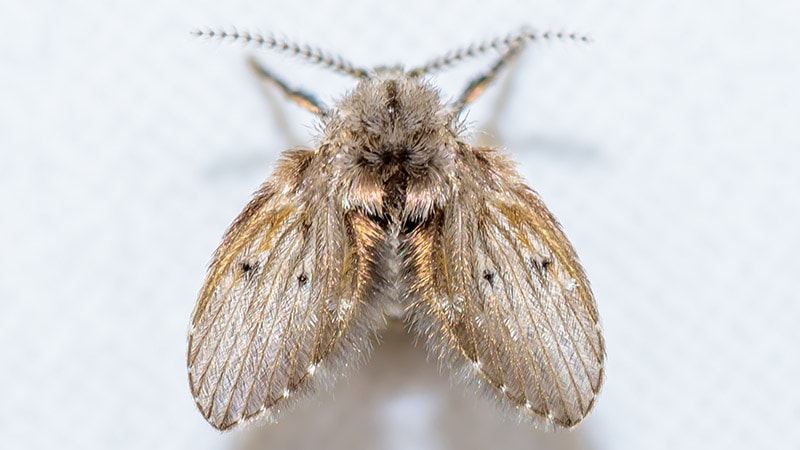
| Scientific Name: | Psychodidae |
| Size: | 1/8 inch |
Drain flies get their name from where they tend to repopulate, and since they thrive in wet and moist conditions, this area is often the drain. The problem with drain flies is that you can’t simply wash them away.
You need a more comprehensive cleaning process to get them out of the drains since the hairs on their body actively repel water. Drain flies in your bathroom are a major nuisance.
6. Centipedes
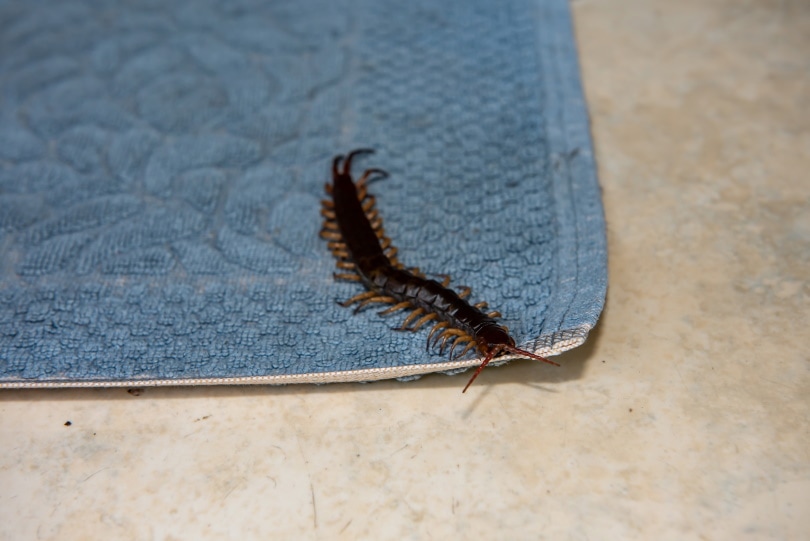
| Scientific Name: | Chilopoda |
| Size: | 1 to 12 inches |
Centipedes are bug hunters, so if you have other types of bugs in your bathroom it’s only a matter of time until centipedes come. With that in mind, you really don’t have to do much to get rid of centipedes outside of getting rid of the other bugs.
But while centipedes are one of the more beneficial insects you can find inside a bathroom, with a maximum size of 12 inches, they can also be one of the freakiest.
7. Spiders

| Scientific Name: | Araneae |
| Size: | 0.02 to 3.5 inches |
Spiders are much like centipedes in that they hunt other insects and bugs. While many people have arachnophobia, overall spiders are a beneficial insect to have around if you’re dealing with other bugs.
We don’t recommend killing spiders if you find them. Instead, it’s better to relocate them. And if you don’t mind having a spider or two in your bathroom, they can help control the bug population without overtaking your bathroom as many other insects will!
8. Springtails
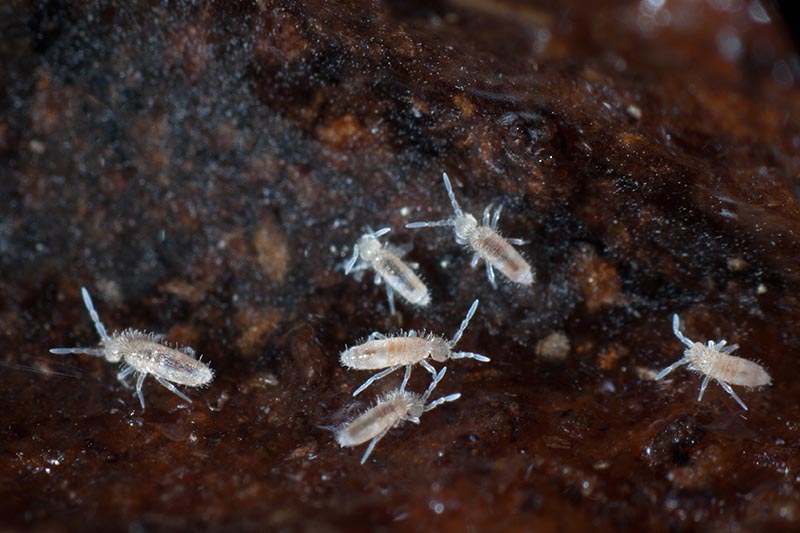
| Scientific Name: | Collembola |
| Size: | 0.008 to 0.4 inches |
If there’s standing water in your bathroom, there’s a good chance you’ll end up with springtails. These are extremely small bugs that jump around much like fleas, but they don’t bite or travel on people or pets in the same way.
Springtails travel and reproduce in groups, so it’s unlikely that you’ll ever have just one springtail in your bathroom.
9. Termites
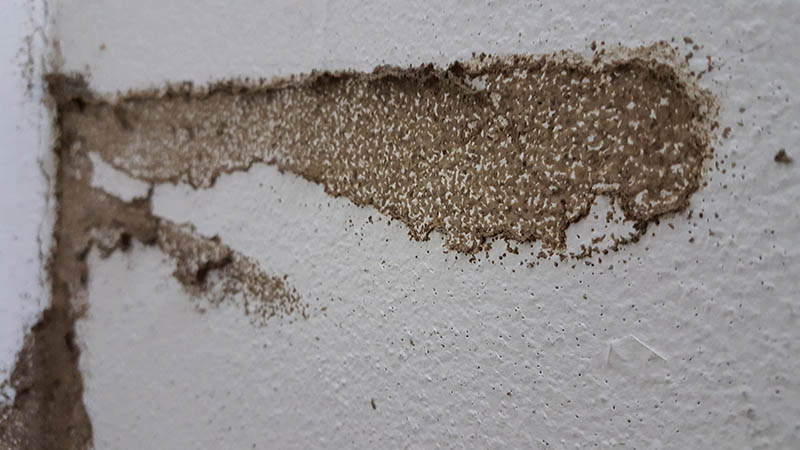
| Scientific Name: | Isoptera |
| Size: | 0.25 to 0.5 inches |
Termites are one of the worst insects you can find in your bathroom. They actively eat wood and will destroy the foundation and walls of your home if you don’t treat the problem right away.
If you spot a termite in your home, we highly recommend getting a pest control specialist out there right away. This is one insect you don’t want to mess around with.
10. Flies
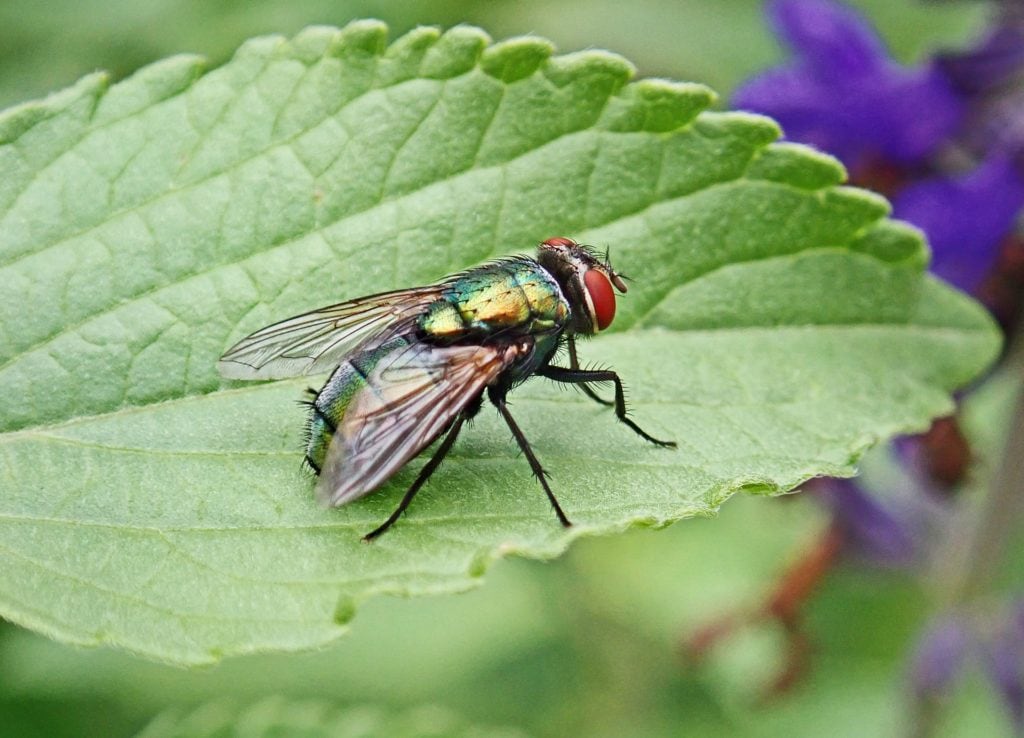
| Scientific Name: | Diptera |
| Size: | 0.2 to 0.3 inches |
If there’s trash, clutter, or even consistent odors in your bathroom, it’s perfectly normal to have flies. Flies are a common pest for all parts of the home, and the bathroom is no exception.
They rapidly reproduce, but they also have very short lifespans. Flies can spread disease, so we recommend trying to get the problem under control as best you can.
11. Lice
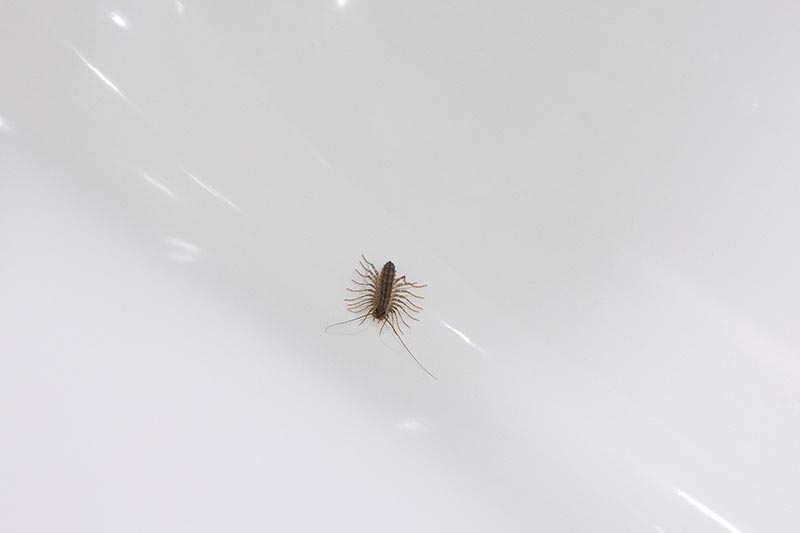
| Scientific Name: | Phthiraptera |
| Size: | 0.08 to 0.12 inches |
While lice don’t particularly thrive in bathrooms, they travel with their human companions there. After you get out of the shower you dry your hair, and you’re going to pull a few lice off in the process.
If you’re starting to notice lice in your bathroom or anywhere else, you need to find the person with the lice and treat it at the source to get the problem under control.
Conclusion
You don’t need to deal with bugs in your bathroom, and one of the first steps to getting them under control is identifying what’s there. Hopefully, our guide has helped you figure it out and you can take the first steps to control the infestation.
If you can’t get it under control yourself, consider hiring a professional before things get too bad and far more expensive to treat!
Featured Image Credit: Searuss, Shutterstock
Contents

